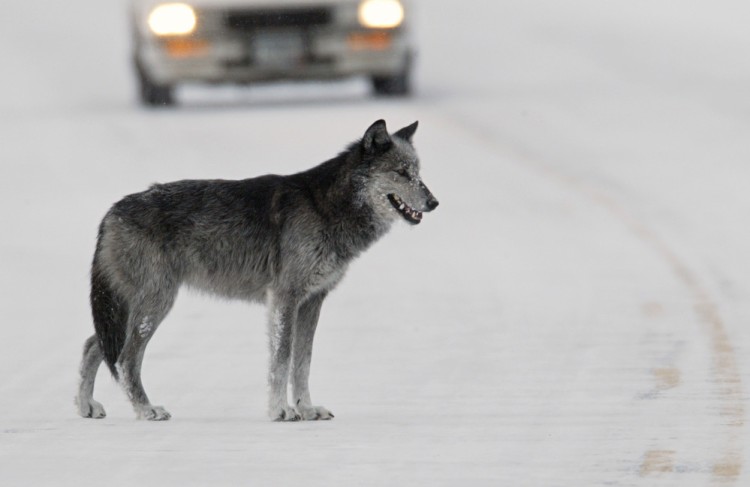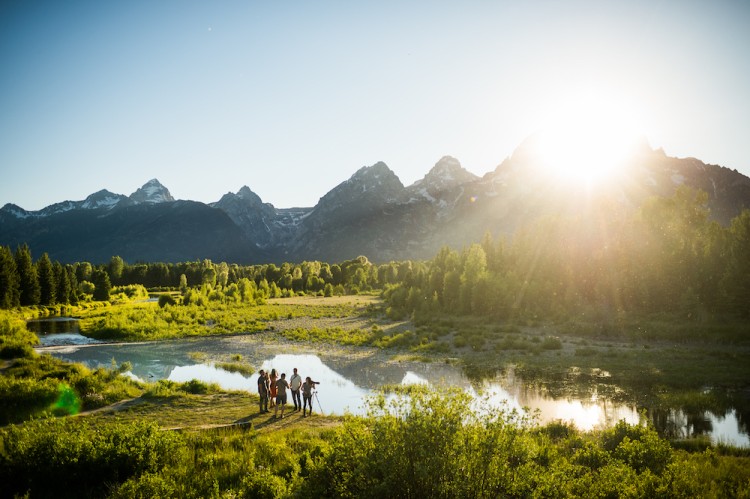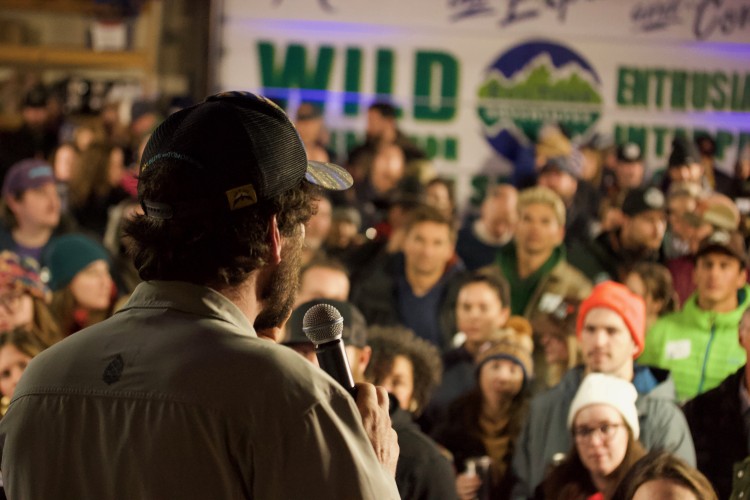The 2017 Jackson Hole Solar Eclipse
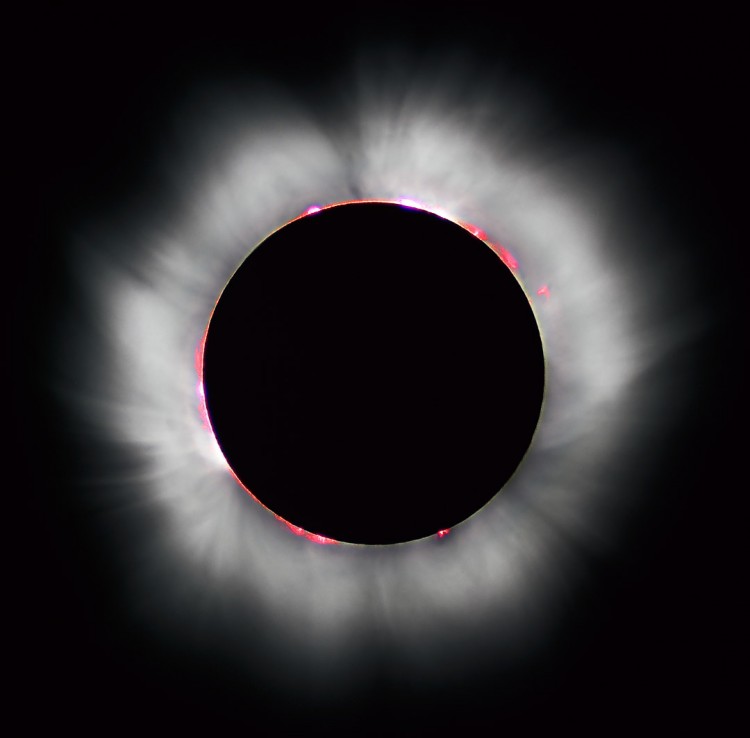

Imagine yourself on a sunny morning in Wyoming’s distant past. A valley extends in front of you, teeming with pronghorn antelope and bison, browsing amongst the sagebrush. Elk graze on an open hillside, while below a grizzly bear guards a carcass from other scavengers. Abruptly, a shadow descends across the landscape, moving from the west at over 1000 miles per hour! Disturbed by the sudden darkness, the animals look up, confused. Some nervously bed down in preparation for night. For over two minutes, an uneasy stillness descends on the landscape as the calls of songbirds cease, some returning towards their roosting locations, believing night has fallen. Then, as quickly as it departed, light returns to the valley. Birds resume their singing, and the elk return to grazing. A total eclipse has just passed over.
The 2017 Total Eclipse
Though total eclipses occur somewhere around the world every 18 months on average, this summer’s eclipse passes directly over Jackson Hole, making the Tetons and Wyoming a top destination to experience it. At around 10:17 am on Monday August 21st, 2017 a shadow will begin crossing over the Tetons from the west. Within an hour, around 11:35 am, the moon will completely obscure the sun casting the valley in a dark shadow. For around two minutes night will fall in the valley, before alignment shifts and the sun begins to reveal itself over the next hour. This once in a lifetime event is not to be missed.
What is an eclipse?
Historically viewed superstitiously as bad omens, eclipses occur when the Earth’s orbit passes directly in between the sun and moon (Lunar), or when the moon’s orbit passes directly between the sun and Earth (Solar). Lunar eclipses are more common and easy to view as a result of the earth’s larger size compared to the moon. During a lunar eclipse, the earth casts a wide shadow, making lunar eclipses visible from across the globe. Solar eclipses by contrast, impact a much smaller radius, which happens to pass right over Jackson Hole this year!
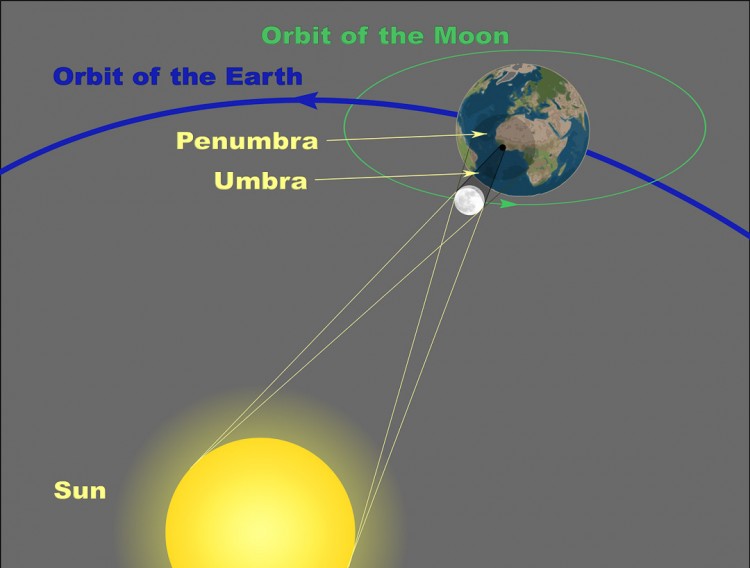
The secret of how solar eclipses occur is the distances of the moon and the sun from Earth. Even though the moon is 400 times smaller than the sun, it also happens to be 400 times closer to the Earth, which makes both appear the same size in the sky! When the sun, moon, and earth line up in a perfect syzygy (an astronomy term for alignment of celestial objects, especially the sun and moon) an eclipse occurs. The moons small size means only an area between 73 and 166 miles wide is impacted, known as the path of totality.
However, both the orbit of the Earth and the moon are elliptical, or oval shaped, which causes the apparent size of the sun and moon to shift throughout the year. Total eclipses occur when the orbit of the Earth is furthest from the sun, and the orbit of the moon is at its closest point to the Earth as the moon appears largest and the sun appears smallest.
When these conditions are not met an Annular eclipse can still occur, where part of the sun remains visible in a ring around the moon, known as the annulus. Solar eclipses occur somewhere around the world approximately every 18 months, but this is the first one to cross the entire United States since 1918!
Eclipse Study
For centuries, scientists and astronomers have been fascinated by solar eclipses, undertaking scientific observations of the phenomena. The “Great Eclipse of 1878” attracted inventor Thomas Edison and astronomer Henry Draper to Rawlins, Wyoming in an effort to document the corona, or outer ring of the sun. Usually not visible due to the brightness of the sun’s disk, the corona only appears during totality, or when the moon completely covers the disk. Drawings of the corona during the 1878 eclipse were some of the first to document its size and scope.
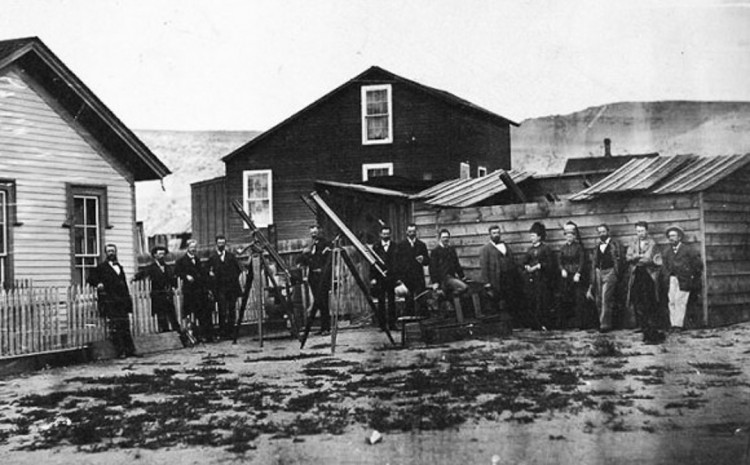
What can we learn from eclipses? Today the use of GPS is mainstream whether smartphone users relying on data from satellite accuracy to navigate in cities, or scientists studying mule deer migrations with GPS collars. Satellites, traveling very quickly while orbiting the earth actually experience time slower than we do on the surface of the earth! Without adjustments to correct this, pinpoint accuracy data such as we have today would be impossible. Physicists have long thought that the speed of objects can influence time but it was Einstein’s Theory of Relativity which explained it. An eclipse in 1919 allowed scientists to test the theory, measuring the position of stars during and after the eclipse, which helped confirm the theory.
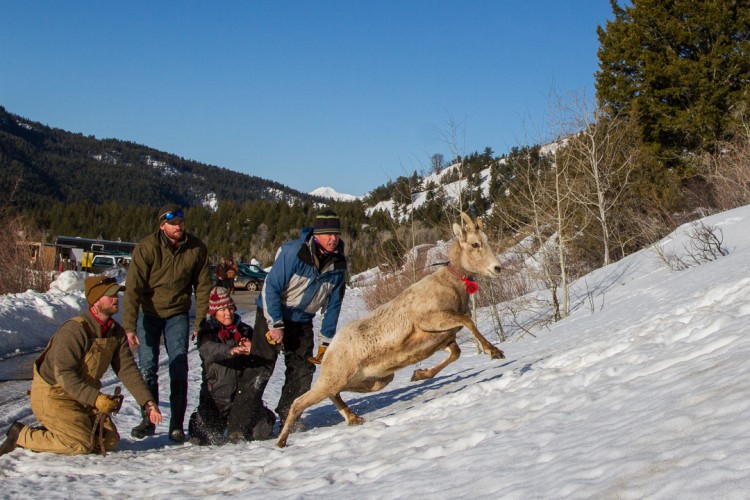
Effect on wildlife
How might wildlife respond to a sudden change like a solar eclipse? The plunge into darkness will undoubtedly change behavior, during past eclipses, observers floating in the ocean observed the sudden surfacing of dolphins and whales, looking out at the eclipsed sun during totality, only to submerge immediately following the event. An eerie silence from the cessation of bird calls and movement of other animals is expected, as is most likely an event none have ever experienced.
Experience the 2017 Eclipse!
We will be out exploring Grand Teton National Park during the eclipse and look forward to learning more about how the event affects the Greater Yellowstone Ecosystem. Check back soon for part two in this series where we highlight strategies to maximize your Eclipse viewing experience in Jackson Hole!
Jackson Hole Ecotour Adventures offers single and multi day trips through Grand Teton and Yellowstone National Parks year round, to join us exploring the Greater Yellowstone Ecosystem visit our website or call 307-690-9533. We hope to see you soon!
Thanks to our friends at Wyoming Stargazing for helping out with this post!
Words by Naturalist Josh Metten
Header Background Photo: Solar Eclipse by Luc Viatour, CC BY-SA 3.0, https://commons.wikimedia.org/w/index.php?curid=132886




